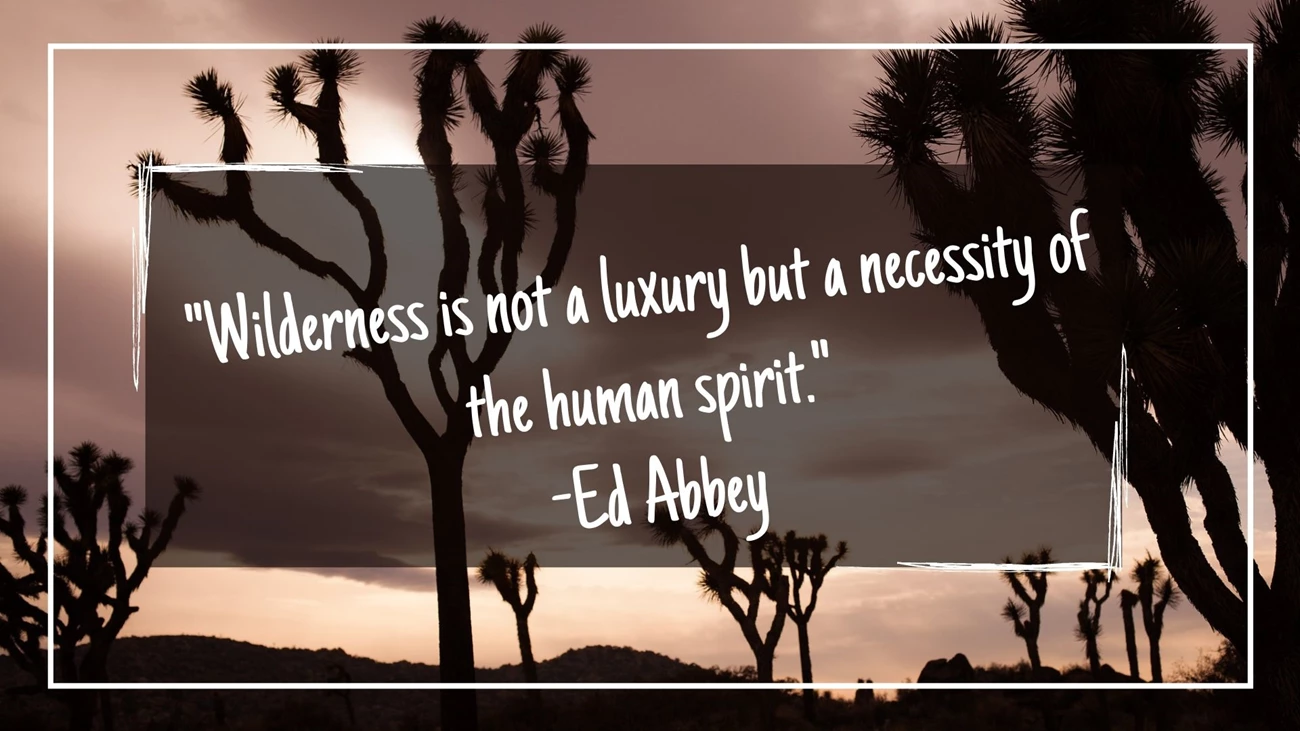Last updated: January 27, 2022
Article
Dare to Imagine: Christina Aiello
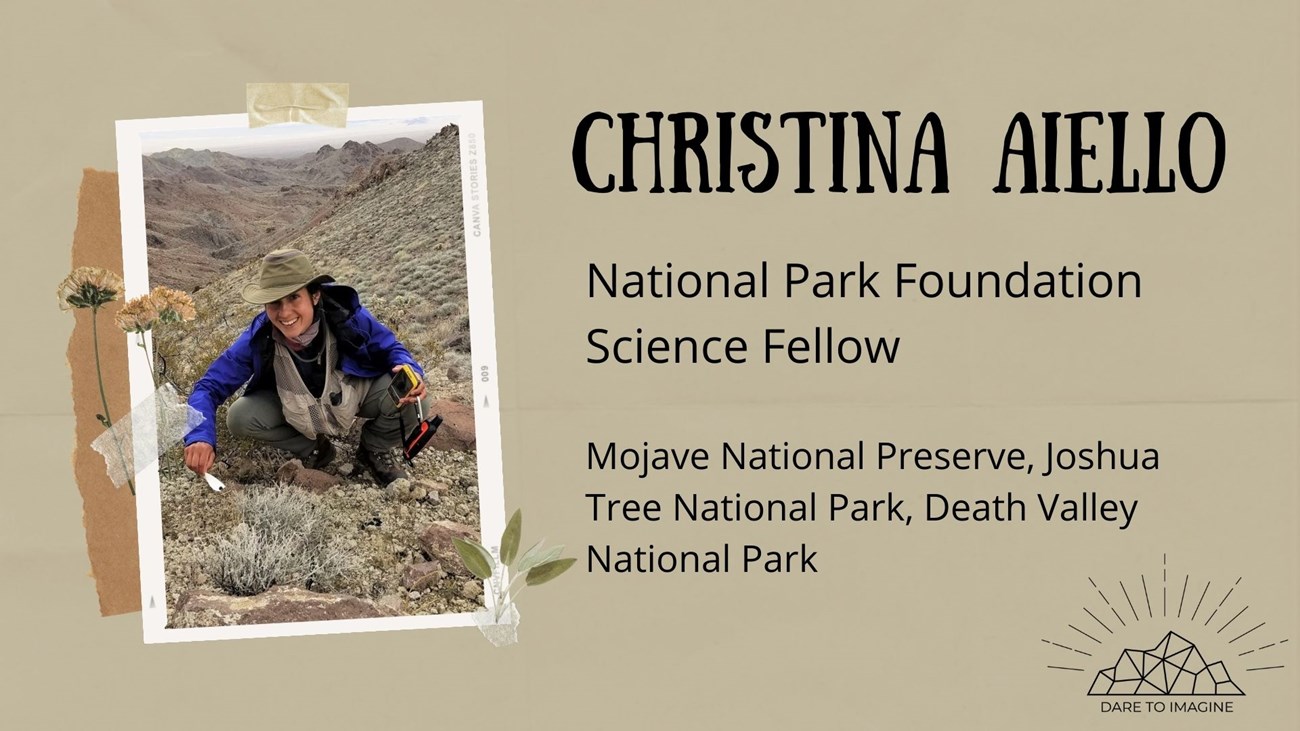
Women (and Men) Lifting Women
She's awesome. She's a woman. She's doing great science! She really cares about the natural resources she works with and is dedicated to helping protect them.
Christina is working with partners (Oregon State University where she works, National Park Service (NPS), and California Department of Fish and Wildlife) to better understand desert bighorn sheep ecology in the Mojave desert of southern California, where NPS lands play an outsized role in the conservation success of this species. She is doing cutting edge science (movement modeling) but also reaching out and communicating with people about an important conservation issue.
- Nathan Galloway, NPS Wildlife Disease Ecologist
Christina, what project would you like to highlight?
Desert bighorn sheep connectivity, conservation, and monitoring.
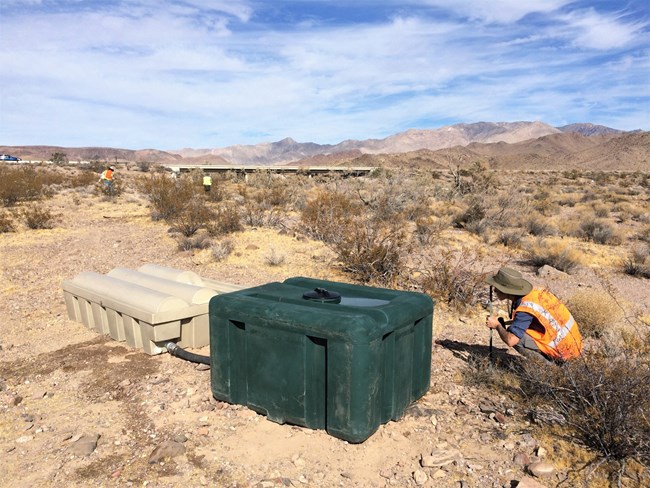
Will you tell us a little about that project?
In 2018 I partnered with a team from the National Park Service (NPS) and other agencies like California Department of Fish & Wildlife to tackle some of the pressing challenges in conserving desert bighorn populations in Southern California. Our work focuses on a number of issues, but two of our main priorities are characterizing habitat connectivity in the face of increasing development and fragmentation of desert lands. We use a combination of tools that include GPS collars, trail cameras, sign surveys, and genetic analysis of tissues and pellets to identify patterns of movement and connectivity between bighorn populations and habitats. A key question of interest is to what extent major interstates like I-15 and I-40 act as barriers to bighorn sheep movement and gene flow, and if these structures do prevent critical movement, what are the best ways to mitigate or alleviate those impacts? We’re testing one possible method to attract bighorn sheep to bridges under highways, hoping they will find and use these safe passages to restore lost movements. So far, however, the data indicate that a more substantial action like a wildlife overpass may be the best way forward to mitigate the highway barrier effect. This approach has been incredibly successful in Arizona and Nevada, where overpasses have restored important bighorn movement corridors.
We’re using GPS data from collared bighorn sheep near these highways to further identify the best places for such structures and model the potential gains in habitat access if they were able to cross the highway. We’ve also been contributing data and tools that will update our knowledge of where bighorn are using habitat in certain understudied regions like Joshua Tree National Park, and the Bureau of Land Management (BLM) and Department of Defense lands adjacent to Joshua Tree, Death Valley National Park, and Mojave National Preserve. Desert bighorn sheep essentially function like one large collection of connected populations (a metapopulation), so while it’s important to monitor and protect the health and status of particular populations, it is equally important to track what’s happening to the species at a larger scale. These large-scale processes include things like the disappearance (extirpation) or reappearance (recolonization) of bighorn in particular areas over long time frames, gene flow and patterns of genetic diversity, and disease spread. We work both within and outside of national park boundaries because bighorn sheep function without respect to these boundaries, so what’s occurring in populations outside of national parks can very well impact the populations within them.
Learn more about this project by reading this article or watching this video.
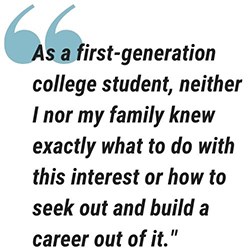
What was your path like? How did you get to where you are now?
I grew up in the heart of Chicago, very far removed from open, natural landscapes. The road from city-dweller to desert ecologist, though, took some time and was by no means a planned-out affair. I had never even gone camping until I was 22 years old! No one in my family is particularly outdoorsy, and we rarely left the Chicago area. Yet, here I am, camping out for two months in the desert, hiking across valleys and into mountains to collect data, and it all feels like second-nature now. As a kid, I was always fascinated with wildlife and wild places, but experienced the natural world primarily through documentaries, books, and museums. As a first-generation college student, neither I nor my family knew exactly what to do with this interest or how to seek out and build a career out of it. I only started to learn what a career in wildlife biology or ecology might involve when a couple professors in the Biology department at Elmhurst College really took an interest in me and tried to point me in the direction of some field opportunities. Particularly, Dr. Paul Arriola, aka, Dr. A, started me on the path to becoming Dr. A myself.
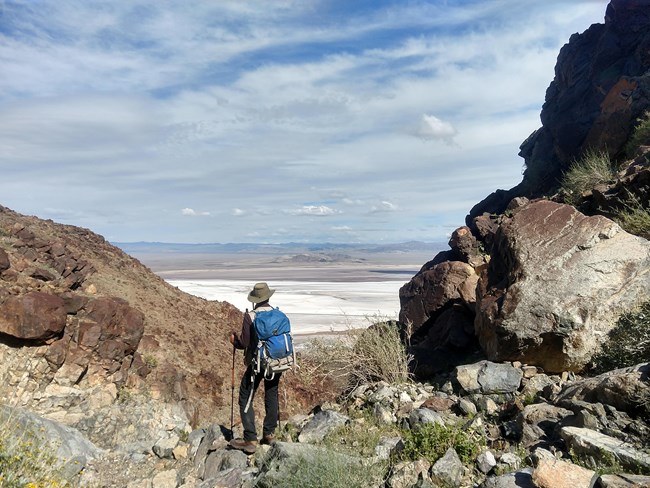
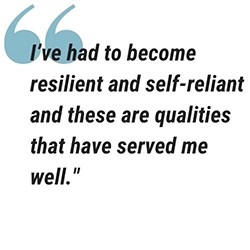
What was the hardest part about getting to where you are now? How did you overcome it?
It’s always felt a bit lonely, this career path. In my family and in my neighborhood, I was the only one with these interests and never really knew where to go for information or who to ask for help. I had to piece things together as I went, and I often learned some important lessons a little later in my career than I probably should have were I better planned or prepared to work in this field. I’ve had to become resilient and self-reliant, and these are qualities that have served me well. In this line of work, you can always count on something unplanned or unexpected to happen, and I think my years of figuring out how to get by have prepared me for thinking on my toes and making something work even when things don’t go as planned.
What are you most proud of?
Over the years, I’ve trained, mentored, and worked alongside a number of biologists-to-be. I try and keep in touch with many of them in various ways, and seeing the paths they’ve taken and how they’ve moved on to develop their own careers really brings me joy. A few of these past associates have even directly reached out and thanked me for my mentorship and its value to them as they navigated their own uncertain paths. Knowing that I provided even a little bit of guidance or inspiration to any one of these people, given that many times I myself have felt lost and in need of guidance, really makes me proud – as if maybe I’m doing this thing right after all. And also, for fun, and because I'm an avid boulderer, sending my first outdoor V5.
Favorite Quote
